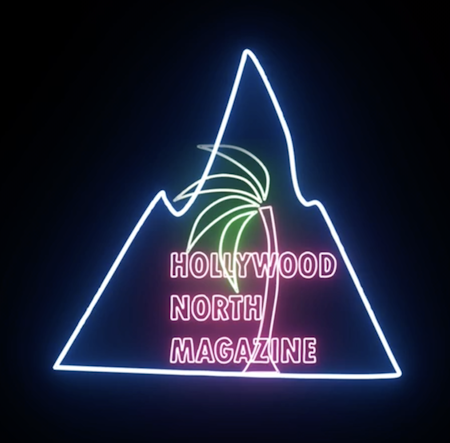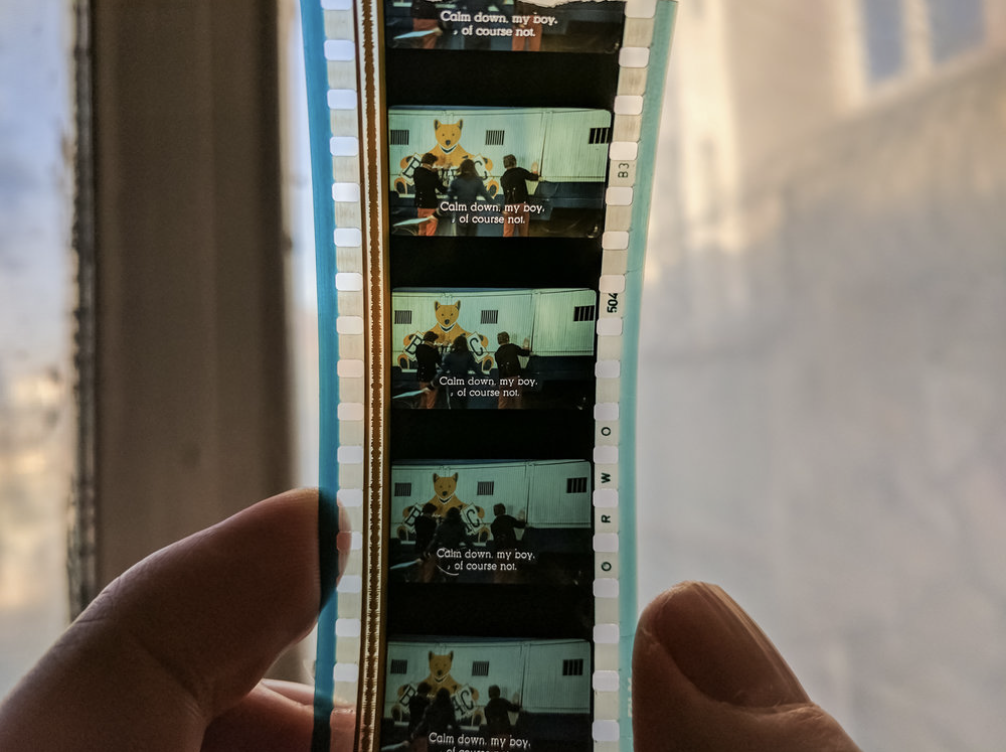“What did the Taliban tell you, exactly” queries an offscreen crew member during a tour of the Afghan Film Archive. An unidentified staff member replies “They said to bring out all the films and that if a single film is hidden, it will cost you your life”. The archive staff did indeed bring out numerous reels of film to a courtyard which the Taliban promptly set aflame. What the arsonists didn’t realize was that these reels were in fact copies of imported American and European films from decades past. The treasures of nearly half a century of indigenous Afghan cinema had in fact been hidden behind a secret panel after staff were tipped off by a sympathetic Taliban official. It is this priceless cultural record that forms the basis for Ariel Nasr’s latest feature doc, The Forbidden Reel.
Those of us in the West tend to take our archives and libraries for granted. They are relatively well-funded via public and private sources and there’s little serious worry of our amassed cultural heritage disappearing. Given Afghanistan’s relative instability through revolution, civil war and domestic terrorism, the fact that a film archive has survived relatively intact is nothing short of a miracle!
But merely surviving isn’t enough according to New York-based Professor Mariam Ghani who is helping to lead an effort to digitize the numerous features and newsreels in the collection. After all, the wider these works can be shared, distributed and copies allowed to proliferate, the better their chance for continued survival for future generations to enjoy.
The films themselves help to illustrate the “earlier Afghanistans that existed; Afghan intellectualism, Afghan modernism, Afghan leftism,” according to Ghani. “To see them acted out on film, it really changes the way people think about Afghanistan”. Through these film clips, we are taken on a journey that begins in the waning years of the Afghan monarchy when the Aghan Film Organization (AFO), the state-run film company and later archive was established in 1968. It was during this period that future filmmakers Siddiq Barmak and “Engineer” Latif Ahmadi cultivated their love of cinema via the foreign films (often from India) that screened in the absence of any local fare as the AFO film production was primarily focused on newsreels.
It was only after the Communist coup in 1978 that Soviet funding enabled narrative feature films to be produced with any regularity and this period is often thought of as Afghan cinema’s Golden Age. It wasn’t an easy time however, as outside the Communist-controlled cities, a resistance was growing in the form of the guerrilla Mujahideen. Filmmakers would sometimes find themselves on the wrong side of this group during distant location filming where equipment like a telephoto lens could mistaken for a weapon!
As tense as there times were, the withdrawal of the Soviets at the end of the Cold War only led to back-to-back civil wars and growing unrest. As the Taliban Islamic extremists began to grow in influence, contemporary cinema was either forced underground or beyond the border as artists and filmmakers alike fled for more peaceful pastures abroad. The Afghan film archive remained however, preserving a cultural record where others, including the artifacts at the National Kabul Museum, had been destroyed.
The Forbidden Reel pulls double duty as both a report on the state of Afghanistan’s cinematic heritage and the nation’s recent history as seen through those same films. For anyone whose only glimpse of the country was through cable news or Rambo III, it is truly an eye-opening experience.
Despite the heavy lifting, there’s an almost effortless feel to the whole endeavour as Nasr skillfully weaves countless archival reels with the talking heads who made them. Filmmakers Ahmadi and Barmak wistfully recall the glory days of Afghan filmmaking and the passion, risk and thrills that came with them. Actress Yasamin Yarmal adds further context to conditions in front of the camera as well as her harrowing story of going into hiding from the Taliban.
The film unfolds efficiently, yet fulfilling over its two hour runtime. One does wish that more the the film clips could’ve been identified on-screen for better reference, although one gets the sense that cataloging is an ongoing journey at the archive (Titles were switched out for numbers on the film cans at some point).
“Our films have always reflected our country’s history and the viewers sensed that everything that occurred on screen belonged to them.” Engineer Latif fondly relates about Afghanistans screen legacy. It’s a sentiment I wish applied to our own cinema here in Canada, a country and industry more inclined to act as a backlot and reflection of a more powerful southern cousin, even at the indie level. Whether it be a didactic newsreel or metaphorical feature, the flickering frames of Afghanistan’s past send us a message from previous generations. With the hard work of the dedicated staff at Afghan film, it will continue to do so far into the future.
9/10
![]()
![]()
![]()
![]()
![]()
![]()
![]()
![]()
![]()
![]()
The Forbidden Reel can now be screened at the TVO site here.

